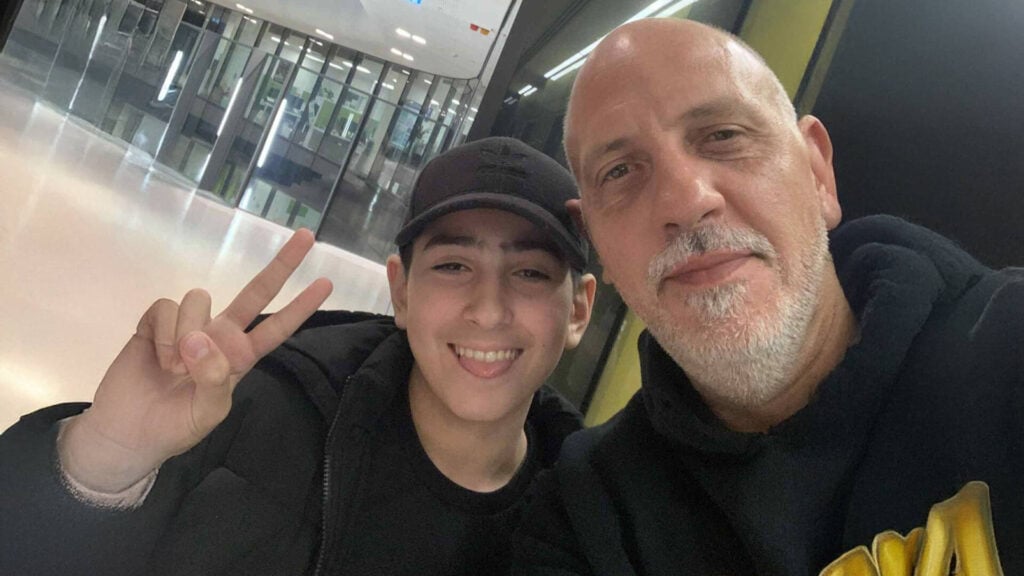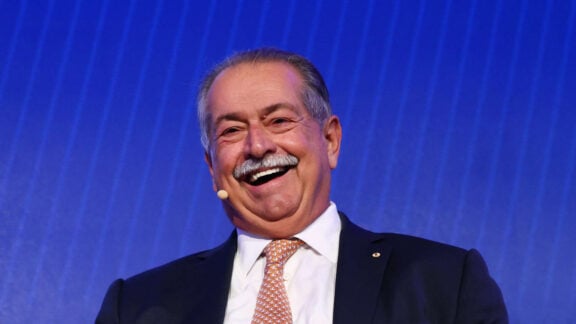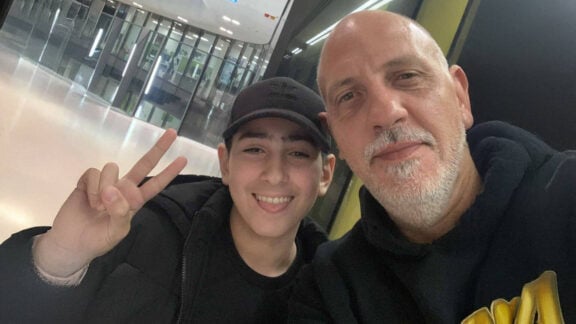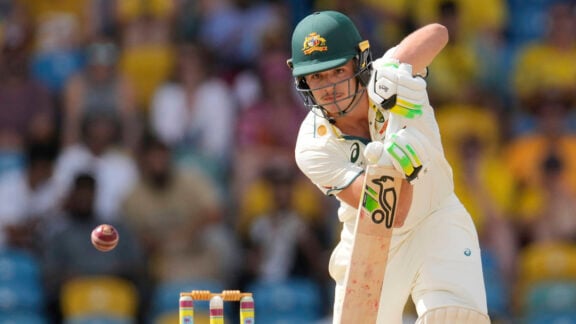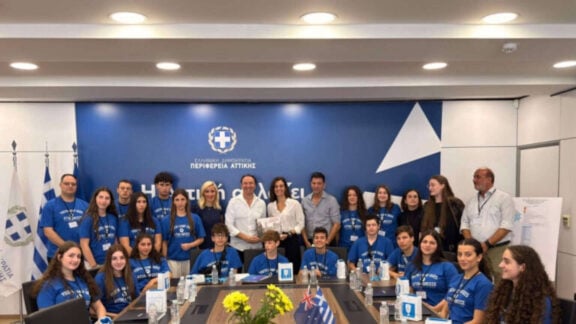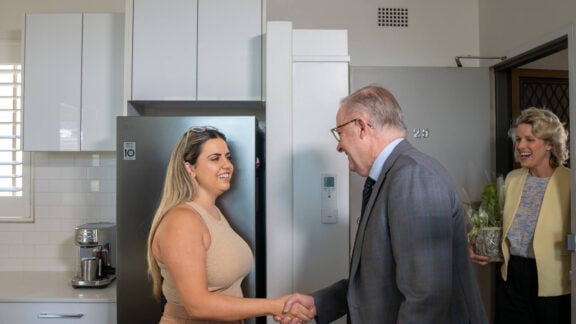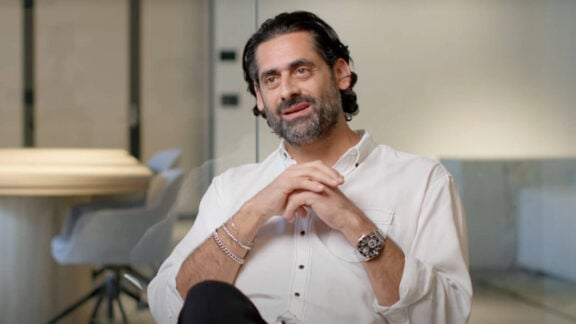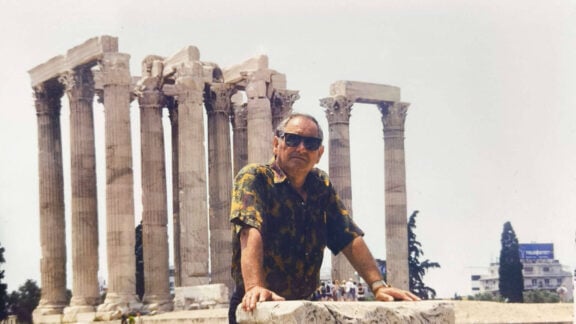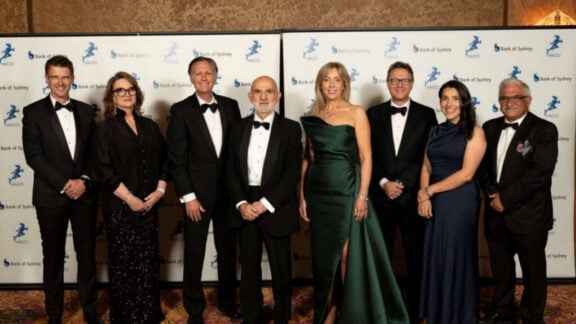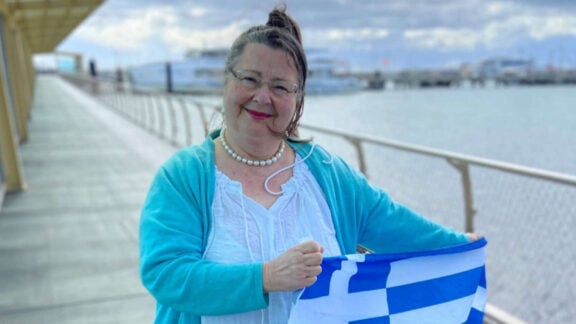John Kounadis, an 11-year-old Greek Australian boy, was one of more than 21,000 children in Victoria living with uncontrolled seizures, with Cortical dysplasias being one the most common causes of epilepsy in children.
Since his first seizure at age eight, John endured up to 20 seizures a day for three years. But in May this year, his life was changed. After targeted brain surgery guided by an advanced AI tool, John has not had a single seizure since.
“He is cured,” his father, Spiro Kounadis, told Neos Kosmos. “It’s a wonderful outcome. An unbelievable, incredible result. I thank God it worked.”
The AI ‘epilepsy detective’
The breakthrough was made possible by a new AI-powered tool developed by researchers at the Murdoch Children’s Research Institute (MCRI) and The Royal Children’s Hospital (RCH). Dubbed the “AI epilepsy detective,” the tool was designed to pinpoint tiny brain lesions that standard scans often miss.
It was this tool that revealed the blueberry-sized lesion in John’s brain, paving the way for precise, life-changing surgery. He is one of 11 children with uncontrolled seizures who have been cured after joining a landmark study of 71 children at RCH and 23 adults at the Austin Hospital.
Published this week in Epilepsia, the study showed the tool detected lesions in up to 94 per cent of cases, lesions so small they are often missed.
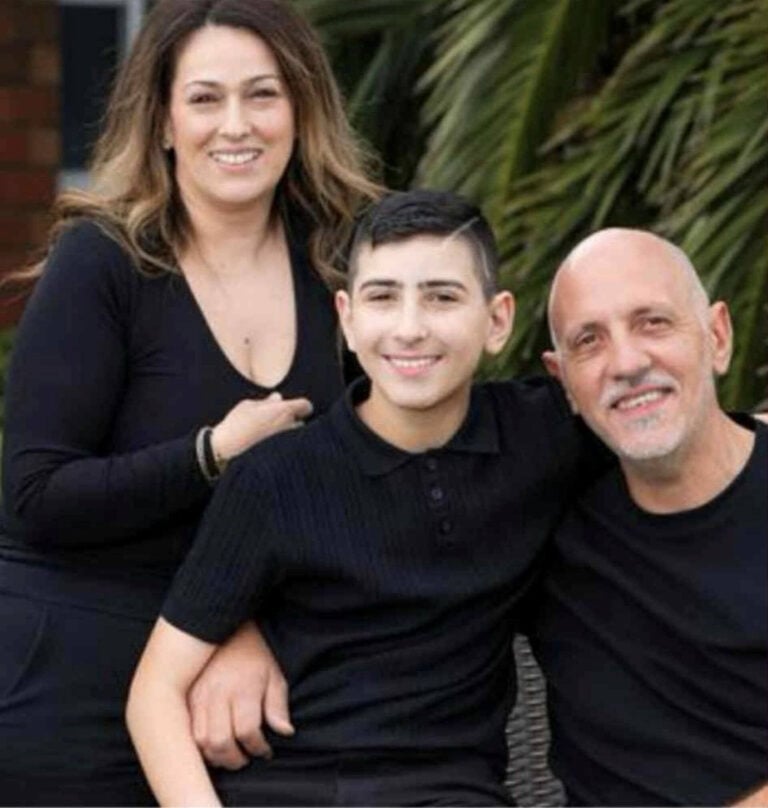
A long road to diagnosis
Cortical dysplasias are notoriously difficult to detect, with fewer than half identified in a child’s first MRI. For John, it took four MRIs and PET scans before doctors found the abnormality.
“John was a completely normal kid. Until that night in April 2023 when he suddenly had his first seizure.” Spiro recalls the panic the first time it happened, late at night.
“We thought that he was probably having a bad dream. Irene, my wife, slept with him incase something happened again and it did, at 8am the next morning.”
John was immediately admitted to Western General Hospital. “That’s when the journey began.”
With guidance from close family friend and scientist Professor Vasso Apostolopoulos, the Kounadis family navigated the maze of hospitals and scans. It was neurologist Professor Sam Berkovic at The Austin who finally identified the abnormality and referred John to the RCH team.
Behind the breakthrough
Dr Emma Macdonald-Laurs, neurologist at RCH who led the team, explained that epilepsy is the most common neurological condition in childhood, affecting one in 200 Australian children.
“Identifying the cause early lets us tailor treatment options and help neurosurgeons plan surgery,” she said.
“The AI tool helps us find the really tiny lesions. But we always confirm with human expertise, that’s key. No child is ever put forward for surgery unless we are absolutely certain.”
With more precise imaging, surgeons can avoid critical areas controlling speech, thinking, and movement, making procedures safer and more effective.
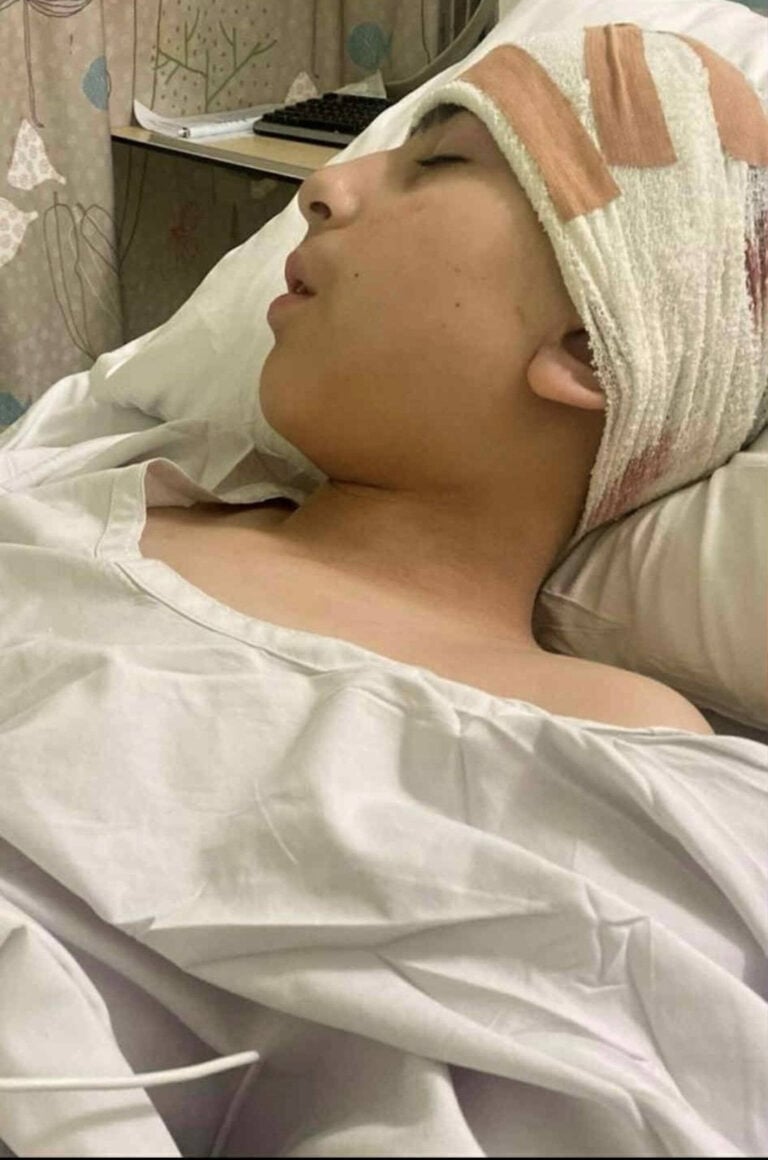
The toll on John and the family
For three years, epilepsy dominated John’s childhood. He missed school terms, couldn’t ride a bike, and even walking was risky. He often slept between his parents, while his mother stayed home to care for him.
“Even on the way to hospital for the surgery, John had a seizure,” Spiro recalls. “But he was calm and confident. He wanted the surgery. He was brave. He didn’t want to suffer anymore.”
As a parent, he admits he was breaking inside. “But I had to keep a front up to support my family. And thank God, it worked. And my prayers were answered.”
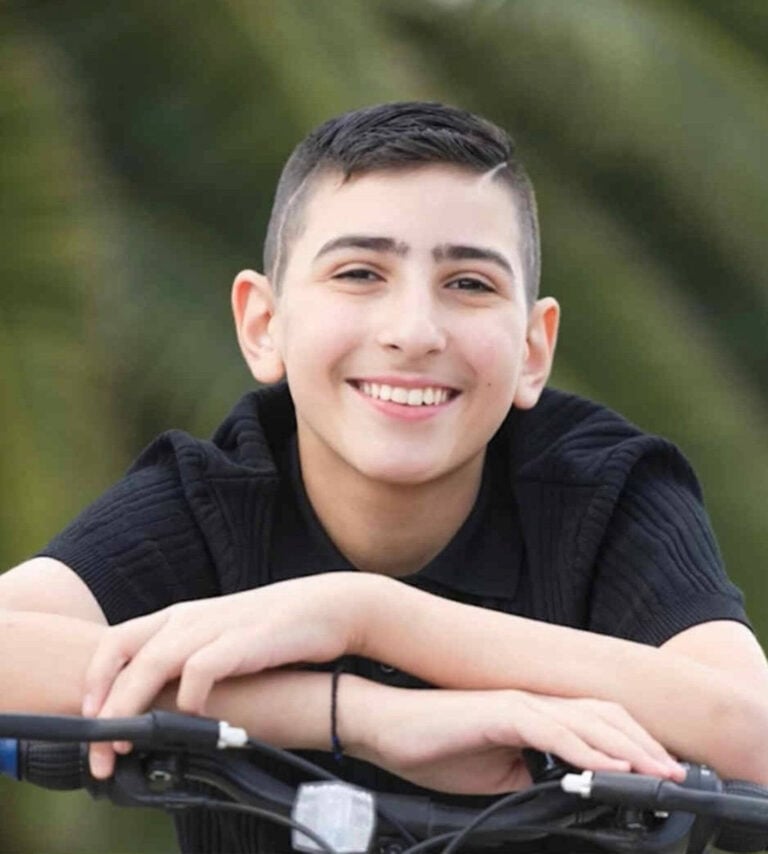
Looking Ahead
Since surgery, John has had no seizures, no side effects, no speech problems… nothing. “It’s as if nothing ever happened,” Spiro says.
Today John is enjoying the normality of living without seizures. “He’s a very spontaneous kid and he loves technology. He’s also very interested in becoming a paramedic.”
After 13 ambulance rides, he befriended paramedics and now wants to become one himself.
“After what he went through, I believe he wants to help children and adults in the future,” Spiro says. “Just like his neurosurgeon, who told us she too was once a sick child in hospital and that’s what inspired her to become a surgeon.”
Researchers now hope to expand testing of the AI tool across Australian hospitals, with the goal of speeding up epilepsy diagnoses and improving long-term outcomes.
“The stress and worry is over now. But you can never forget a situation like that,” Spiro says.
“My message to all the families that are going through something similar is to trust this AI tool, trust the surgeons at Royal Children’s Hospital, trust the staff there and the team, because our little boy went from 20 seizures every single day to zero. Today, he is cured.”
